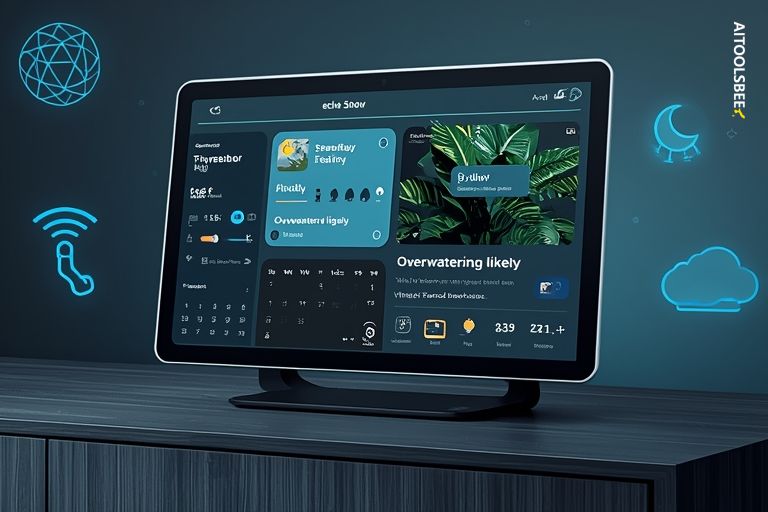
Alexa+ makes the smart home more fluent as agent powers lag
Right now the most visible shift in consumer assistants is arriving inside homes, where Alexa+ is moving from novelty to daily utility and reframing what a smart home can do. The upgrade has been positioned as Amazon’s most ambitious step forward since the original Echo, promising more natural conversation, proactive help and real household value.
At the core of Alexa+ is Nova, a large language model designed to provide memory and reasoning so the assistant can keep context across exchanges. In practice it understands follow ups like Make it a little darker and knows the user is still referring to lights, while recognizing different household members and responding in a more human way.
The most immediate practical payoff is automation that no longer requires app hunting, because Alexa+ can create routines on the fly when a user speaks instructions such as Every night at 9 p.m., dim the lights and lower the thermostat. For homes juggling multiple rooms, devices and busy schedules, the friction reduction is a meaningful time saver.
On Echo Show 8, 10 and 15, Alexa+ arrives with a redesigned interface that turns the display into a central dashboard for weather, traffic, family calendars and smart home widgets presented side by side. Facial recognition login lets the system tailor the view to whoever is in front of the screen so each person sees relevant reminders and lists.
In day to day management, Alexa+ can summarize messages and remember details from earlier conversations, recalling the time and date of a saved meeting when asked. It also supports longer dictated notes and can read back information in a conversational tone even if it stops short of sending emails.
On camera equipped devices, Alexa+ adds a limited vision layer that identifies objects and offers suggestions, such as recognizing a houseplant and pointing to overwatering as a likely issue. The same capability extends to groceries, furniture and decor by proposing recipes, products or care tips, and it even reacts encouragingly to user creations.
The gap appears when Alexa+ is asked to act on a user’s behalf by booking rides, ordering takeout or reserving tables, where the system often replies that the action is not supported yet. Integrations with services including Uber, OpenTable and Instacart are described as pilots that are inconsistent and limited to specific U.S. regions, keeping the do everything vision aspirational.
Pricing reflects a subscription mindset, as Alexa+ is included for Prime members while others pay $19.99 per month if they plan to use the service to its full potential. Early adopters with newer Echo Show devices will find plenty to explore now, but expectations point to additional updates through early 2026 before the experience achieves the seamless autonomy many users imagine.
For the broader market, Alexa+ underlines a transition toward multimodal assistants that orchestrate tasks across screens, cameras and connected services, a direction likely to draw more investment into orchestration layers, safety guardrails and localization. For the UK startup ecosystem and peers globally, the demand for secure integrations and region specific rollouts creates an opening for partners that can help these agents scale responsibly, a reminder that the future of enterprise AI content will be shaped by assistants that manage information, context and actions with trust at the center.

From rising startups to breakthrough innovations, she connects the dots across the global AI ecosystem.

